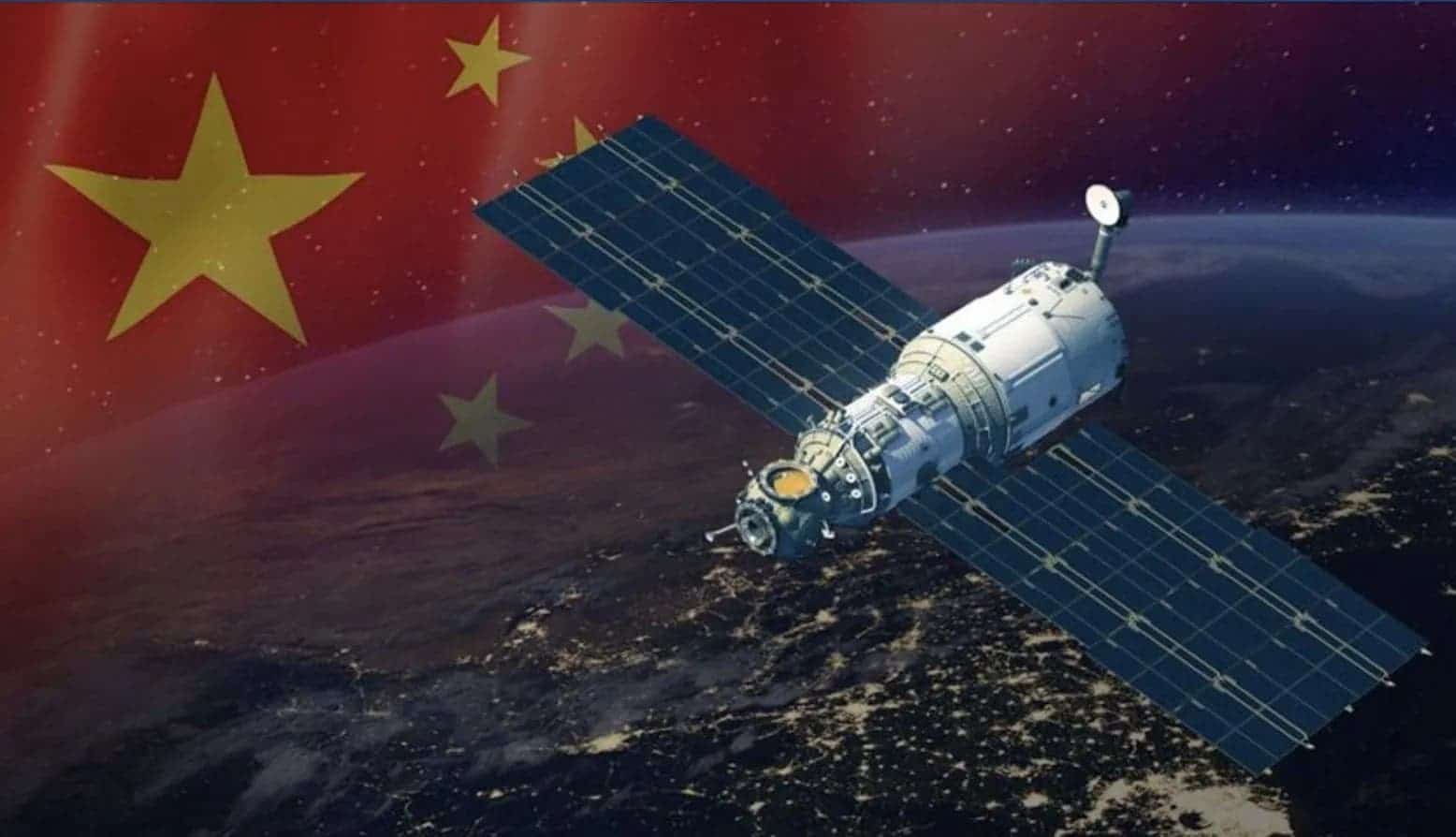In an article that was published in a local publication that was evaluated by experts in the field, a researcher from the Beijing Institute of Tracking and Telecommunications argued that China should have the potential to destroy Starlink satellites for reasons of national security. According to the South China Morning Post, main author Ren Yuanzhen and colleagues argued in Modern Defence Technology that China should not only build anti-satellite weapons but also create a surveillance system that could monitor and track all of Starlink’s satellites.
According to reports, Chinese experts estimated that the data transmission speeds of stealth fighter jets and United States military drones could increase by a factor of 100 through a connection to a Musk machine. The experts suggested that a combination of soft and hard kill methods be used to disable some Starlink satellites and destroy the operating system of the constellation.
Concern was also raised by the authors regarding the capability of Starlink satellites to rapidly alter their orbits through the use of ion thrusters as an offensive maneuver, or regarding the possibility of military payloads being disguised as Starlink machines and launched into orbit without being detected.
This implies China’s surveillance systems will need to be enhanced in order to identify fakes, as well as the capacity to intercept Starlink transmissions in order to hunt for threats, according to Ren. Inconveniently for the researchers, Starlink now consists of 2,400 satellites in orbit, and since the system is so comprehensive, it can continue operating normally even if part of the satellites are absent. A “soft death” strategy, such as utilizing jammer technology, would be more practicable than a “hard kill” one, such as using a grappling arm or a ballistic missile, since the former may not be the most realistic option.
At this point in time, the act of jamming satellites is seen as a typical kind of military action, as is the development of anti-jamming satellite communication systems, which is inevitably going to follow.
Despite the fact that Starlink’s parent company, SpaceX, is privately held, the United States Department of Defense has awarded SpaceX several contracts. One of these is for the construction of satellites that monitor and provide advance warning of hypersonic missile launches for the Space Development Agency.
Following what is believed to have been a cyberattack on the previous satellite service, which was disrupted by Russian military activity, Starlink provided Ukraine with assistance in maintaining communication. Mykhailo Fedorov, the minister of digital development for Ukraine, tweeted on May 2 that the service constituted “crucial support” for the nation’s infrastructure and that about 150,000 individuals utilize it on a regular basis.
It is very evident that SpaceX has picked a side in the invasion of Ukraine, as seen by their generosity, but China has made an effort to seem impartial, with only limited success. Someone needs to let Russia know whether China is in any way opposed to Russian aggression, especially considering that Russian Foreign Minister Sergei Lavrov said earlier this week that Moscow will prioritize its relationship with the Middle Kingdom.
In the event that China was to shut down Starlink, further satellite broadband networks would take its place. The 3,236 birds that are a part of Amazon’s Project Kuiper are now ready to take flight. In addition, China is working on developing its own mega constellation, which is known as Xingwang or SatNet. The equivalent of Starlink in China was constructed in 2021, and it is anticipated that it would consist of around 13,000 satellites.
Source: Theregister

